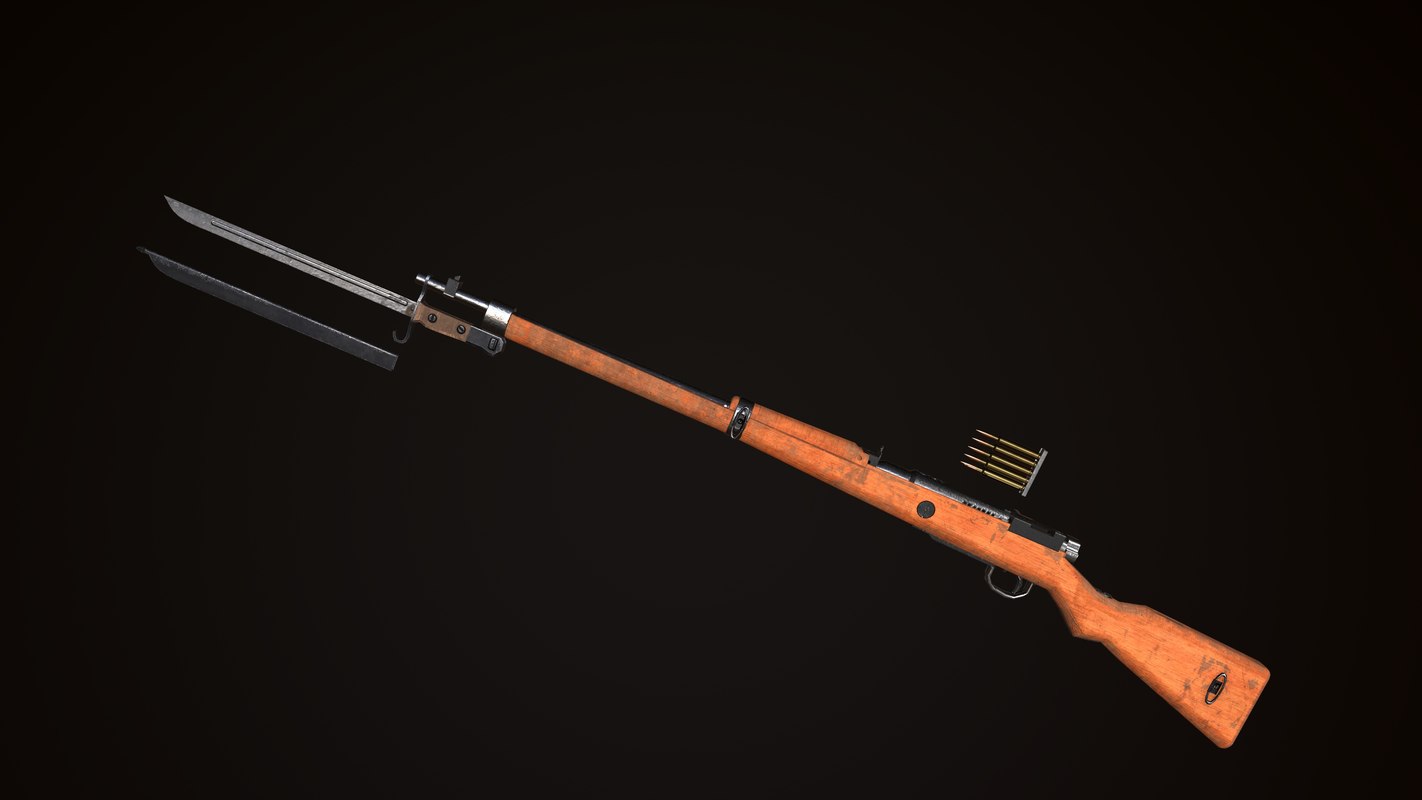

The imperial ownership seal, a petal chrysanthemum known as the Chrysanthemum Flower Seal stamped upon the top of the receiver in all official imperial-issue rifles, has often been defaced by filing, grinding, or stamping on surviving examples. Since most Imperial Japanese Armory contents were thrown into Tokyo Harbor after the signing of the surrender, spare ammunition also became rare.Īdditional 6. However, after the Japanese surrender in the summer ofmanufacture of rifles and ammunition stopped abruptly, and the Arisaka quickly became obsolete. Original Japanese Wwii Type 99 Arisaka Front End Cap Many captured Arisaka rifles were employed by neighboring countries both during and after World War II, in places such as China, Thailand and Cambodia. The Czech Legions that fought in the Russian Revolution were almost entirely armed with Type 30s and 38s. Near the end of World War II, last-ditch ersatz models were being made in various cost-cutting feature variations with the goal of cheaply bolstering the imperial armed forces for example, the ovoid bulb-shaped bolt of earlier runs were replaced by a smaller and utilitarian cylindrical shape, the handguard on the barrel was omitted, and crude fixed sights were fitted. The rear sights also featured folding horizontal extensions to give a degree of lead suitable for firing against aircraft. Some of the early issue Type 99 rifles were fitted with a folding wire monopod intended to improve accuracy in the prone position. Tests on samples of Arisaka rifles conducted after the war showed that their bolts and receivers were constructed of carbon steel "similar to SAE steel grade No. Over the course of various wars several productions runs and variants were made, including the transition from the 6.

The earlier prototype had a slightly longer barrel and was heavier.Ī second prototype design for a gun to use the new 7.The most common specimens include the Type 38 chambered for the 6. The new gun, designated the Arisaka Type 99 7. Many have been rechambered to more common calibers due to the relative scarcity of factory 7. Rifles with an intact chrysanthemum often bring a premium on the collector market, sometimes almost double the price for a like model defaced rifle. In many cases, the imperial chrysanthemum atop the receiver has been defaced by the surrendering Japanese in order to preserve the Emperor's honor: the mark indicated that the rifle was the Emperor's personal property. Though the Arisaka rifle has never been exported to the United States in great numbers, there are thousands available-most having been brought home by Marines and soldiers returning from the Pacific theater. Like the early Type 99 short rifles, these rifles were made with a monopod, anti-aircraft lead arms on the rear sight and a dust cover. Type 99 long rifle The initial production rifle of the Type Only about 38, were produced, 8, at Nagoya and 30, at Toyo Kogyo between summer of and spring of when production was switched to the much more common new Type 99 short rifle of which millions were made. Unlike its predecessors, however, a disadvantage of the Type 99 was its increased recoil due to the lighter weight combined with a heavier cartridge. The "last ditch" rifles are usually distinguished by their crudeness: poorly finished stock, wood buttplate, very obvious tooling marks in the metal, rudimentary sights and an unfinished bolt knob and handle. The Type 99 is one of the strongest military bolt rifles ever made, but many late-war "last ditch" rifles used lower quality parts, and a complete lack of finish, as well as shortcuts taken to ease production. During the Korean War, approximatelyshort and 6, long Type 99 Rifles were re-chambered under American supervision at the Tokyo arsenal to fire the then-standard.Īpparently intended for the South Korean "gendarmerie", few rifles appear to have been issued at the end of the war in These rifles were fitted with a lengthened magazine well and had a small notch cut in the top of the receiver to accommodate the.Īccuracy suffered, due to the difference in cartridges, rifling rate and characteristics, but they were nonetheless functional. Seven arsenals were located in Japan, with the other two located at Mukden in China and Jinsen in Korea. The Type 99 was produced at nine different arsenals. Please remember these were crude rifles with some sloppy manufacturing due to the end of the war was near and materials were in short supply. Please let the pictures show you the overall condition of the rifle.


 0 kommentar(er)
0 kommentar(er)
